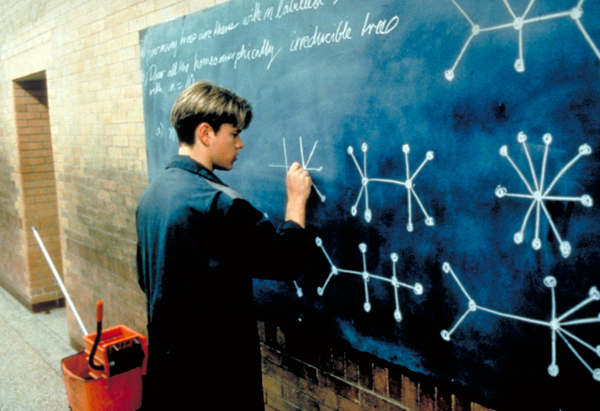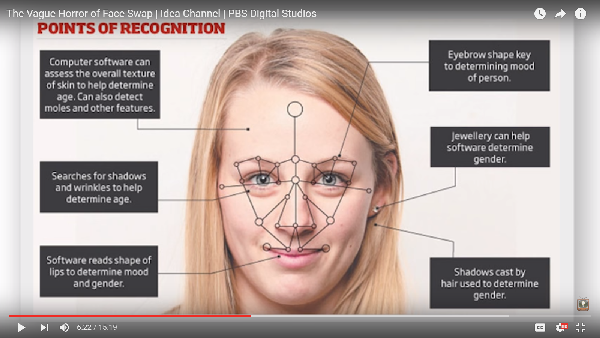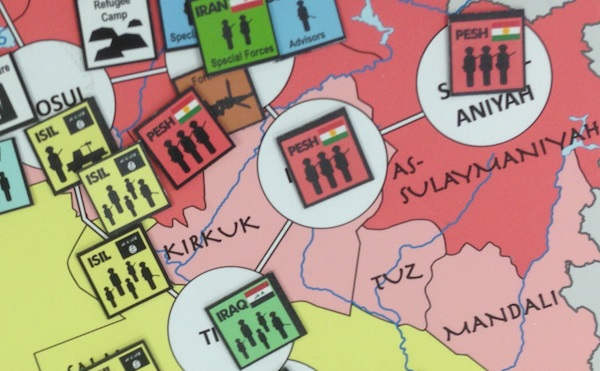On the felicities of graph-based game-board design – seven
[ by Charles Cameron — the series continues from six ]
.
What a pleasure to discover Matt Damon does graph theory in his spare time!
— or that the female face. similarly, is viewed by some as the basis for graphical analysis:
— and that even war-gaming boards, such as this one from PAXsims’ ISIS Crisis game, can feature the node and edge / circle and line format, along with cards, dice, hexagons…
**
Sources:
Matt Damon, Good Will Hunting PBS Digital, The vague Horror of Face-Swap Geek & Sundry, Can Gaming Inporove Strategic Military Planning? Incidentally, I have a brief exchange with Rex Brynen in the comments section at PAXsims
Previous posts in this series:
On the felicities of graph-based game-board design: preliminaries On the felicities of graph-based game-board design: two dazzlers On the felicities of graph-based game-board design: three On the felicities of graph-based game-board design: four On the felicities of graph-based game-board design: five On the felicities of graph-based game-board design: six






June 3rd, 2016 at 3:32 am
The GMT game, Tigers in the Mist, uses a point to point movement system. It’s a Battle of the Bulge and the reason for the unique movement system is that the lowlands and woods were considered impassible, leaving only road movement. Movement is junction to junction, which could be an intersection or a town.
Good game too.
Overload in CO